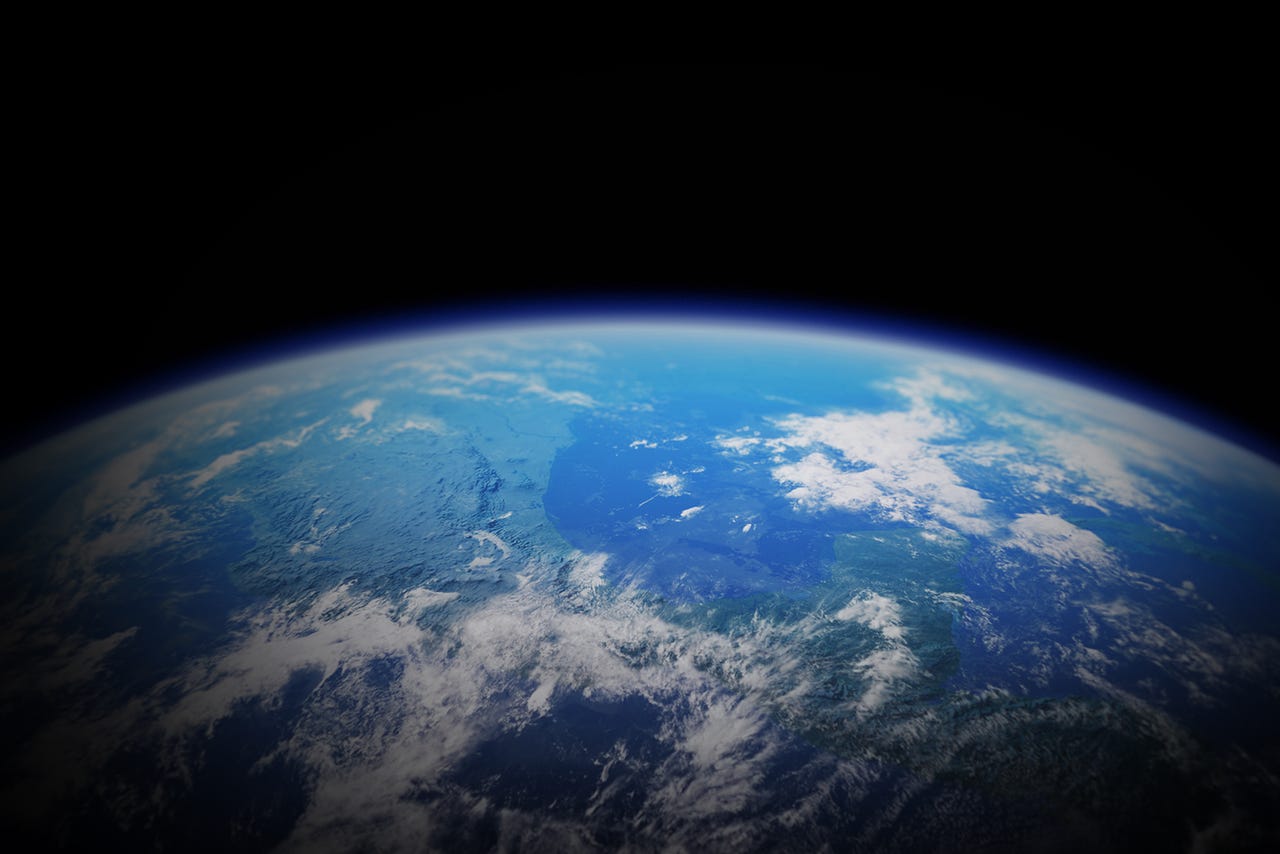CSIRO coughs up AU$35m for Australia's space and AI efforts


The Commonwealth Scientific and Industrial Research Organisation (CSIRO) has made AU$35 million available for research into new and emerging technologies.
According to CSIRO, the funding will be available specifically for use in the areas of space technology and artificial intelligence, including on the development of advanced imaging of Earth from satellites and data science through AI and machine learning.
With AU$16 million invested, the space technology segment will be charged with identifying and developing "science to leapfrog traditional technologies" and find new areas Australia can focus on.
CSIRO said it will initially focus on advanced technologies for Earth observation, and then address challenges such as space object tracking, resource utilisation in space, and developing manufacturing and life support systems for missions to the Moon and Mars.
AU$19 million will be used to target AI-driven solutions for areas including food security and quality, health and wellbeing, sustainable energy and resources, resilient and valuable environments, and Australian and regional security, CSIRO explained.
The primary research areas include platforms to "improve prediction and understanding of complex data; platforms to enable trustworthy inferences and risk-based decisions; and data systems to enable ethical, robust and scalable AI".
The investment is part of CSIRO's Future Science Platforms (FSP) portfolio, aimed at dedicating research to new and emerging opportunities for Australia.
CSIRO Futures, which is the strategy advisory arm and a partner of Australia's newly stood up national science agency, recently produced a roadmap helping to determine the direction the country's space industry should take, highlighting that it isn't just about putting people on the moon, rather the commercialisation of all things space.
The roadmap focuses on three main areas for potential development: Space-derived services, space object tracking, and space exploration and utilisation.
Using space data and satellite communications to grow "downstream" commercial applications, CSIRO expects that for example, the use of Earth observation data can be used for a range of services such as remote asset management, and environmental monitoring and assessment.
"Satellite imagery and accurate positioning services are enabling the development of precision agriculture methods, with reports estimating that the value of Australian satellite imagery-enabled precision farming for broad acre cropping could reach AU$221 million annually by 2025, up from AU$17 million in 2015," CSIRO wrote in Space: A Roadmap for unlocking future growth opportunities for Australia 2018 [PDF].
CSIRO on Monday said FSP's goal is to reinvent old, and create new, space-related industries, as well as grow research capability in students pursuing a career in space.
Space technology and artificial intelligence join eight other areas of future science, including in the fields of health and energy. By 2022, CSIRO's FSP program will have invested AU$205 million since it launched in 2016.
"Our Future Science Platforms aim to turn Australia's challenges into opportunities where new science can break through seemingly impossible roadblocks to give Australia an unfair advantage on the world stage," CSIRO chief executive Dr Larry Marshall said.
"Innovation needs deep collaboration, so our FSPs bring together this nation's world-class expertise across all fields of science, technology, engineering, and maths to deliver real solutions to real world problems."
The federal government announced during the 2018-19 Budget that it would be committing AU$41 million to the creation of the Australian Space Agency.
After officially launching the initiative with an initial AU$15 million in funding to "kick-start" its investment in May, the government announced the agency would be led by former head of the CSIRO Dr Megan Clark for its establishment and first year of operation.
Updated at 10.50am AEDT, November 19, 2018: Headline amended to reflect funding was for artificial intelligence as well as space.
READ MORE:
CSIRO directs space agency away from humans and towards commercialisation
The country's peak research agency is nudging the newly stood up space agency in the direction of space technology R&D, rather than sending a man to the moon.
Australian states and territories to battle for space agency boasting rights
A six-month turf war over the Australian Space Agency has begun between the country's state and territory governments.
Australia to fire its pork barrel into space
At a time when Australia continues to cut money from the public service, particularly anything focused on science or education, a space agency proposal smells more like pork than rocket fuel.
AI in space: Astronauts will get floating robot assistant thanks to IBM, Airbus (TechRepublic)
The digital assistant CIMON features a version of IBM Watson, and will help astronauts complete tasks on the International Space Station.